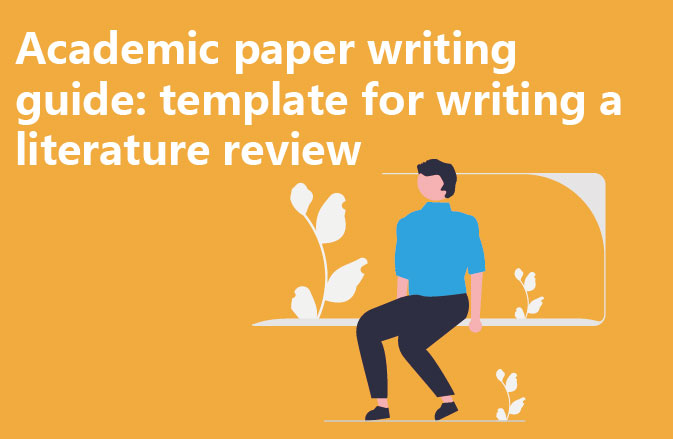1. briefly explain the background of the study, citing examples such as food safety issues, trade disputes between China and the United States, etc., highlighting the importance and practicality of the topic.
2. evaluate the existing literature, mainly from the conclusions and research deficiencies in the analysis, suggesting the direction of subsequent research.
3. clarify the outline order of the literature review to better guide the reader.
Section 2: The Main Body of the Literature Review
1. comb through and summarise all the literature, highlighting influential ideas and conclusions to make the review persuasive.
2. compare the similarities and differences among the relevant literature, which is a source of variation in the findings and helps the researcher to gain a deeper understanding of the topic.
Section 3: Conclusion
1. summarise the main ideas and contributions of existing research, so that the reader can have a more comprehensive understanding of the field.
2. evaluates the current status of existing research, and identifies gaps and shortcomings in order to guide future research.
3. to identify areas that will become new frontiers and lead research to greater heights.
4. to ensure that new research builds on existing foundations, and that it inherits and develops existing theories.
5. to connect new and old knowledge systems and establish unique research pathways to guide users to better use the literature review for innovative research.




